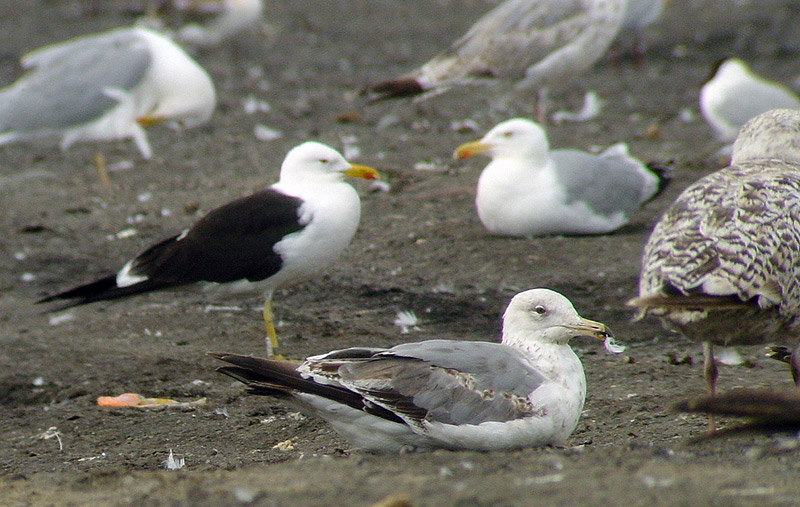 Herring Gull- Zilvermeeuw (argentatus & argenteus)
Herring Gull- Zilvermeeuw (argentatus & argenteus)
(last update:
Herring Gull plumages:
hg 1cy July
hg 1cy August
hg 1cy September
hg 1cy October
hg 1cy November
hg 1cy December
hg 2cy January
hg 2cy February
hg 2cy March
hg 2cy April
hg 2cy May
hg 2cy June
hg 2cy July
hg 2cy August
hg 2cy September
hg 2cy October
hg 2cy November
hg 2cy December
hg 3cy January
hg 3cy February
hg 3cy March
hg 3cy April
hg 3cy May
hg 3cy June
hg 3cy July
hg 3cy August
hg 3cy September
hg 3cy October
hg 3cy November
hg 3cy December
hg sub-ad January
hg sub-ad February
hg sub-ad March
hg sub-ad April
hg sub-ad May
hg sub-ad June
hg sub-ad July
hg sub-ad August
hg sub-ad September
hg sub-ad October
hg sub-ad November
hg sub-ad December
hg ad January
hg ad February
hg ad March
hg ad April
hg ad May
hg ad June
hg ad July
hg ad August
hg ad September
hg ad October
hg ad November
hg ad December
Herring Gull 3cy (argentatus), July 14 2003, Tampere, Finland (61.31N, 23.43E).

3cy argentatus, with P8-P10 still old second generation and P5 fully grown. All rectrices still present. Most fresh scapulars and recently replaced outer median and greater coverts are plain grey. Note the brown hue on the earlier replaced inner median and inner greater coverts. The second generation secondaries are just visible now the central greater coverts are dropped.
From June to October, a complete moult
will bring 3cy argentatus in so-called "third winter"
plumage. By August, the first neat streaks can be found on the crown and
neck. After the complete moult is finished in autumn, the head will show
extensive 'winter streaking', often neat fine streaking in argentatus
and mottled brown contrasting with the white breast as in an executioner's
hood in many argenteus. The scapulars and mantle are pale
adult-like grey, although some individuals may show an immature pale brown
hue or arrow-head patterns on the lower scapulars.
By June, 3cy argentatus are moulting new third generation plain
grey wing-coverts, starting with the outermost median coverts. Contrary
many argenteus, 3cy argentatus often show immature patterns
on the inner greater coverts, inner and outermost median coverts and upper
tertials (the first moulted wing-coverts and tertials in the complete
summer moult). When inner greater coverts and median coverts were included
in the partial autumn moult in 2cy, these feathers are left out of the
moult sequence in the very early moult-stage. By the end of the complete
moult (October), all wing-coverts have been replaced.
During the summer, the primaries are moulted to third generation. In argenteus, the first inner primaries are dropped by late May and the outer primary P10 will be dropped by late August. The primary moult is completed by late-October, in argenteus, when the new outer primary P10 is fully grown. Preliminary data from Tampere, Finland, indicate 3cy argentatus from this region are not delayed in primary moult compared to argenteus from continental NW Europe. The third generation primaries are clearly adult-like, with inner primaries P1-P3 plain grey with a white tip. The outer-wing shows a clear black triangle, extending on the greater primary coverts. From P4 outwards, the primaries show black sub-terminal markings. The white primary tips are obvious in the inner primaries, but are only poor developed on third generation P9 and P10. The third generation P10 normally shows a small white mirror (lacking in some birds). The new tail-feathers will be predominantly white, with clear immature black markings. The iris turns pale yellow in summer in most argenteus (July-August), but quite some argentatus will keep the iris amber to dark brown.
In the tables below, the primary moult scores of 3cy July argentatus in Finland can be read:
| Primary moult score of 3cy argentatus Herring Gull, at Tampere landfill, Finland (61.33N, 23.59E) on July 13 2003, 15:00 h. | |||||
| . | P4 fg | P5 fg | P6 fg | ? fg | n: |
|
P5-P10 |
- | - | - | 1 | 1 |
| P6-P10 | - | - | - | - | - |
| P7-P10 | 2 | 1 | - | 8 | 11 |
| P8-P10 | 1 | 40 | 3 | 25 | 69 |
| P9-P10 | - | 1 | 9 | - | 10 |
| n: | 3 | 42 | 12 | 34 | 91 |
| n
= 91; m old P = 3.0; SD old P = 0.58. Survey at Tampere, landfill, in resting group at 'Bio I'. |
|||||